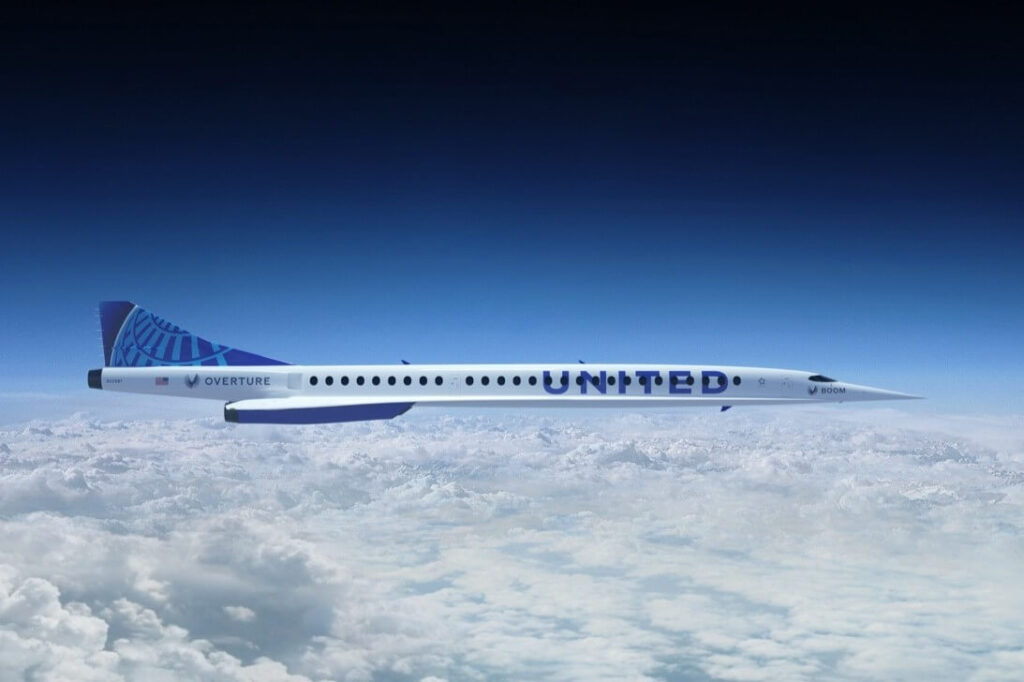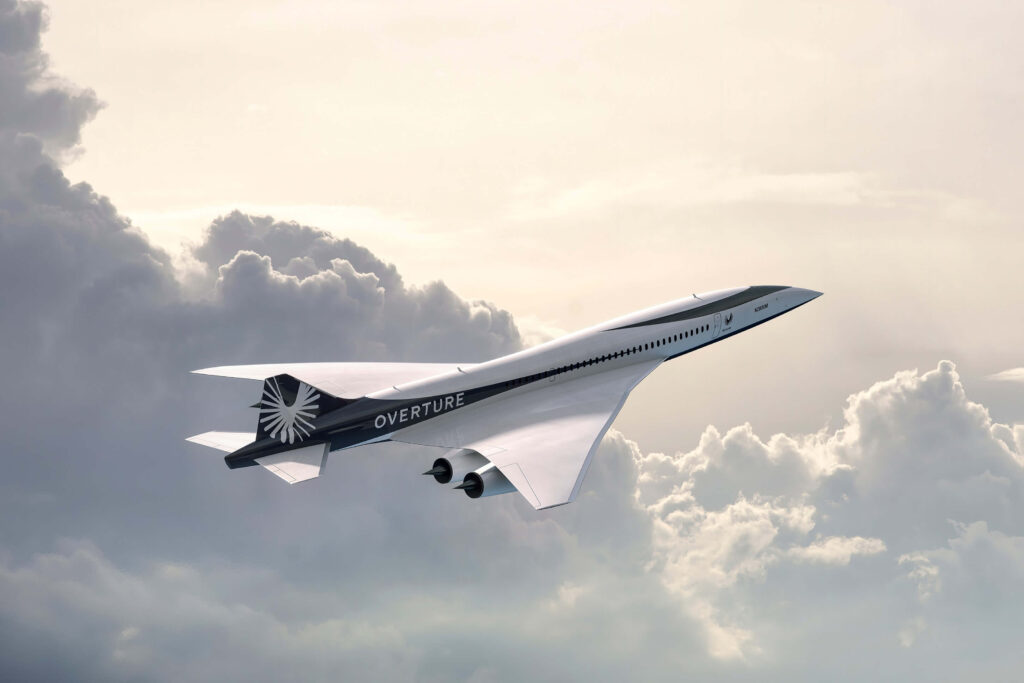These days, when you step onto a plane for a flight to a destination hundreds of miles away, it’s easy to forget how that was even made possible.
It certainly wasn’t achieved overnight.
How many sleepless nights have there been to enable passengers to fly from A to B? And how many stories of dedication and graft to facilitate flight have been left untold?
Of course, every achievement and success in aviation started somewhere, a moment in aviation history where a dream was achieved that changed how we fly.
One of the most important aviation firsts was Otto Lilienthal’s glider flight in 1891. It captured the imagination of the whole world and inspired the Wright brothers, and you don’t need to be an aviation expert to know what they went on to achieve.
The first jet engine, the first airborne radio communications, the first pilot to break the sound barrier and the first transatlantic jet passenger service are just a few of the incredible endeavors that brought aviation to the point it’s at today.
But what are the aviation firsts of the future that could shake the foundations of flight and set the industry on a different course?
First emissions-free airline
According to Our World in Data, the airline industry is responsible for 2.5% of global emissions, so it’s understandable that the sector is under increasing pressure to act.
Despite the COVID-19 pandemic, demand for air travel now shows no sign of slowing down, with airlines making record-breaking orders for new jets.
To combat the effects of global warming, in 2021 the International Air Transport Association (IATA) committed its airline members to achieve net zero carbon by the year 2050.
Despite the negative headlines, many carriers have responded by increasing their use of Sustainable Aviation Fuel (SAF), buying fuel-efficient aircraft or making significant investment in more sustainable power sources.
Airlines such as Air Canada, SAS and United Airlines have all signaled their intention to purchase hybrid-electric planes from Swedish startup Heart Aerospace.
We are very unlikely to see an established airline become a totally emissions-free carrier in the next few decades, but whichever is first to achieve it will no doubt make its name in the history of the industry.
First new supersonic passenger flight

One of the most exciting areas of aviation development is the resurrection of the supersonic passenger jet.
It’s now over 50 years since Concorde made supersonic travel from one place to another a possibility for the fee-paying public, and its demise can still stir emotions in many.
Technically the next company to operate supersonic flights in the coming years won’t be the first, but it will certainly feel like a game-changer, especially with the advancement in technology since the days of Concorde.
Some of the main supersonic aircraft developers have claimed that journey times between London and New York could drop to three and a half hours, and from Melbourne to Los Angeles to just eight and a half hours.
Leading the field is undoubtably Colorado-based company Boom, which claims it will be able to reduce international journey times by half.
The company even has the backing of major airlines, with both Japan Airlines and United Airlines pre-ordering multiple jets.
However, Boom may not have this field entirely to itself, with Spike Aerospace’s Spike S-512 and Exosonic’s supersonic jet also in contention to be the first to carry passengers.
No doubt about it, though, as we move through the 2020s the anticipation around supersonic jets will only increase.
First eVTOL to carry passengers
On October 13, 2023, the Chinese electric vehicle take-off and landing (eVTOL) aircraft developer EHang announced that it had become the first company in the world to obtain type certification for its flying taxi, EH216-S.
It was an incredible achievement sure to be remembered forever, but many other eVTOL developers won’t be too downhearted as they pursue certification with the Federal Aviation Administration (FAA) and/or the European Union Aviation Safety Agency (EASA).
EHang clearly has a great deal of support from the Civil Aviation Administration of China (CAAC), but there still are many bumps in the road to navigate before passengers willingly get on board its eVTOL.
Other eVTOL developers will also take heart from the fact that EH216-S is a very different machine to those that are evolving at Wisk, Archer, Vertical Aerospace and many others.
So, the race is very much still on, and it’s possible that, instead of certification, the true holy grail is becoming the first eVTOL aircraft developer to actually fly fee-paying customers.
First all-electric passenger carrying aircraft
It’s expected that the first all-electric commercial aircraft will launch before 2030.
Companies developing all-electric planes are already making huge strides, even predicting that they could gain type certification during 2024.
Experts predict that electric planes will have the potential to revolutionize regional travel, connecting locations that would otherwise prove impossible with expensive, fuel-driven planes.
Indeed, the orders are already flooding in as airlines realize the potential of all-electric flight.
Some of the aviation companies aiming to be the first to carry paying passengers on all-electric planes are Eviation (with its Alice jet), Heart Aerospace and Aura Aero.
First hydrogen-powered plane to operate commercially
If your ideal world is one that’s free of gas-guzzling jumbo jets, then you need look no further than hydrogen-powered planes.
As long as it is produced using green-friendly methods, hydrogen represents a sustainable source of energy that could power aviation forever.
Such is the potential for hydrogen-powered flight that future generations may well look back at our fossil fuel consumption with horror, and understandably so.
Leading the aviation evolution are ZeroAvia and Universal Hydrogen, both of which are already carrying out test flights using hydrogen power.
The two companies are developing hydrogen engines that can be used on existing regional turboprop aircraft such as the Havilland Canada Dash-8, and both are already receiving orders.
Airbus is also investing in this technology and plans to bring the world’s first hydrogen-powered commercial aircraft to the market by 2035.
Airbus is testing hydrogen powered turboprops too. Significantly, the planemaker is also developing an aircraft that will use a jet engine, but powered with hydrogen instead of fuel.
Space tourism
Space tourism is very much alive and kicking, with both Richard Branson’s Virgin Galactic and Jeff Bezos’ Blue Origin already proving that it remains viable.
As yet, though, tourist trips into space have been fleeting visits with passengers experiencing weightlessness for mere minutes.
However, the potential for growth is huge, and there will be enormous interest in the first company that can provide a space journey in which passengers can travel further and for much longer. Obviously, Virgin Galactic and Blue Origin are the current favorites to achieve this, but don’t discount Elon Musk, who has his own plans in the pipeline for the next generation of space tourists.

